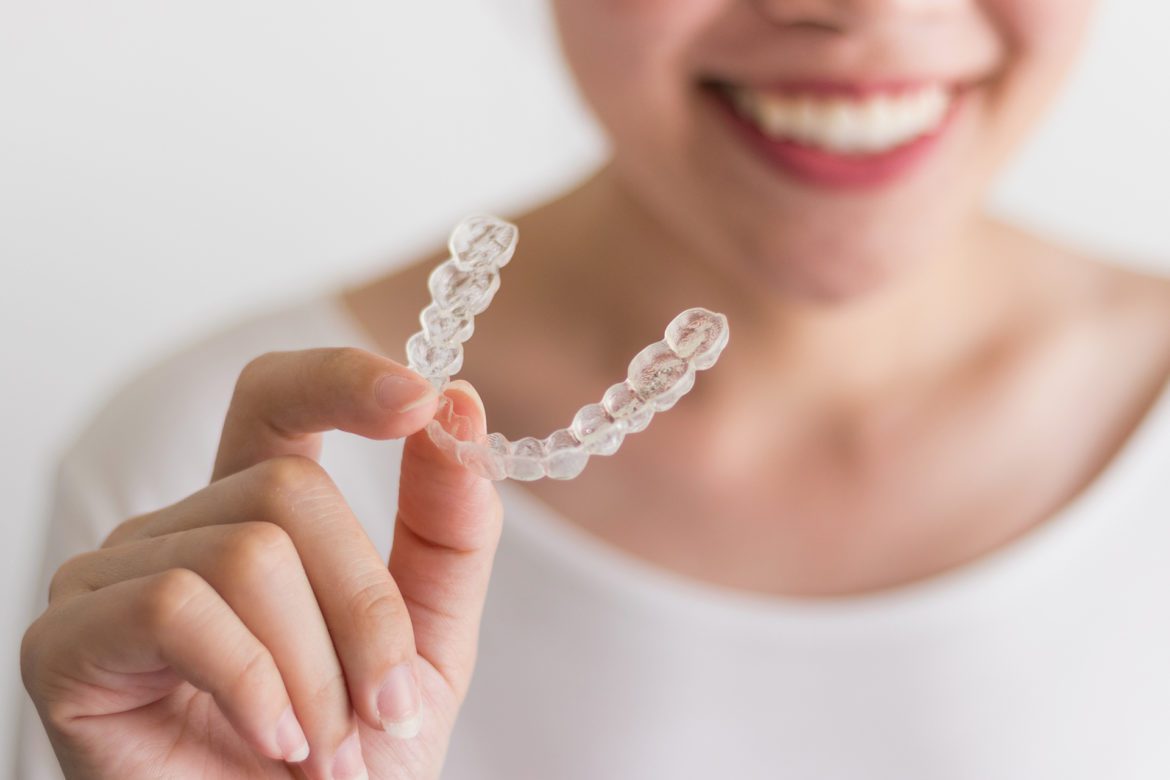Society’s obsession with perfect teeth is arguably understandable. People with misaligned teeth are not only insecure about their looks but may also face several health issues. That’s where the orthodontic marvel—teeth straightening—comes into play.
Traditional braces have been the most sought-after teeth straightening option for decades. They’re the oldest and most reliable treatment for misaligned teeth. But as time advanced, there were new inventions in the industry. Clear aligners are one such invention that has gained immense popularity in recent years, mainly due to their characteristic of being virtually invisible to human eyes.
Although clear aligners are becoming increasingly popular among young people, whether they can replace traditional braces is a valid question dental professionals should take time to contemplate.
What problems do clear aligners solve?
You might believe modern aligners can solve all your dental problems, but that’s just a half-truth. Although they’re comfortable while treating your issues, there’s only so much they can do. For example, clear aligners are great for treating overcrowded, crooked, and gapped teeth. But they fail to be effective when teeth need to be raised to match the height of other teeth.
Besides that, if you want to correct rotated teeth, clear aligners won’t work. Large gaps and midline teeth fixtures need the solid support of traditional braces. Last, dental bridges may prevent someone from wearing clear aligners.
What’s more comfortable and convenient?
There’s no denying that clear aligners take the points in this category. Of course, both processes involve the pain of teeth shifting and constant pressure exerted. But if we compare levels of comfort, clear aligners have the upper hand because braces have sharp edges that can cut the inner lip and tongue. Moreover, they exert more pressure than aligners.
Other than this, convenience is subjective. For instance, some people prefer braces because they don’t have to remove and store them when they’re eating. For others, eating without the barrier of braces is more comfortable.
Keep in mind that when you wear braces, you can’t eat sticky and hard foods. But with clear aligners, you can eat and drink whatever you want since you must remove them to eat anyway. And yes, you need to brush after every meal because you run the risk of staining your aligners.
What about care and cleaning?
Whether you have braces or clear aligners, caring for and maintaining hygiene is an absolute necessity! Cleaning braces involves brushing and flossing your teeth. But cleaning clear aligners involves an additional step besides your regular oral hygiene—you must clean the aligner trays. So, after every meal, you’ll have to brush and floss while also cleaning the trays.
Keep in mind that you can’t clean aligners just any old way. You must wash them with warm water, a special clear aligner cleaning solution, and a brush. You need to make sure the water is not too hot because that will affect the shape of your aligner. Also, you’ve got to clean every nook and corner of the trays because leftover food particles can cause bacteria buildup.
So, ultimately, braces take the point here.

